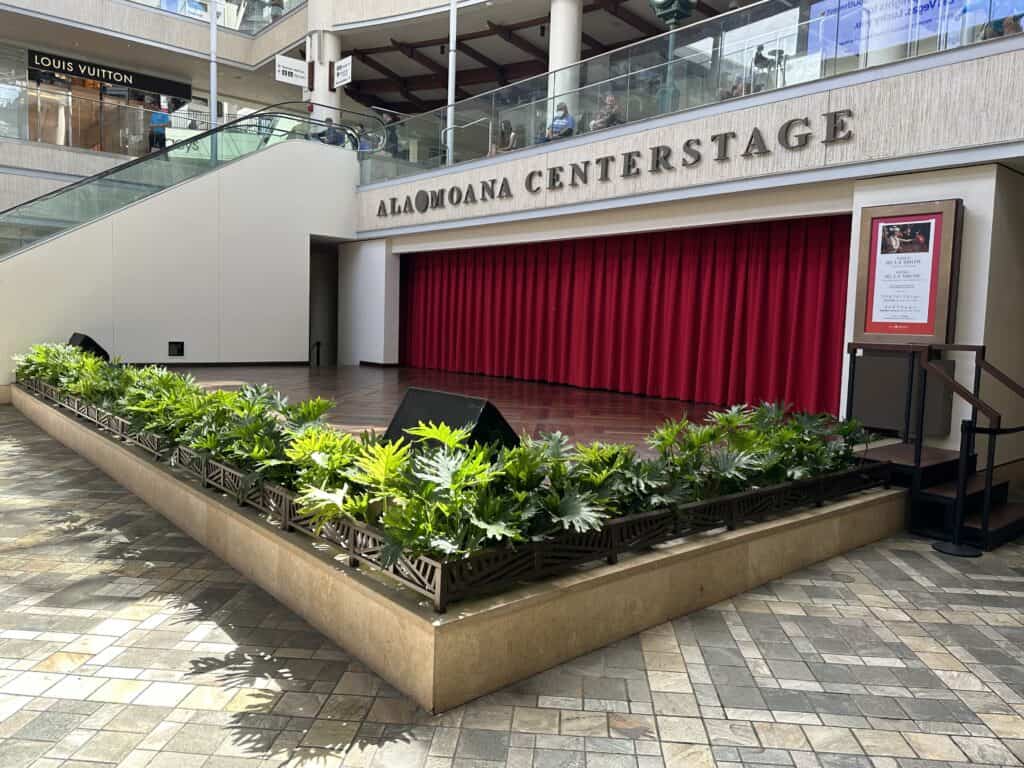We may earn money or products from the companies mentioned in this post. This means if you click on the link and purchase the item, I will receive a small commission at no extra cost to you ... you're just helping re-supply our family's travel fund.

As the Supreme Court prepares to scrutinize Hawaii’s private-property carry rules, a technical question about consent on shared spaces suddenly feels personal. At the center is whether guns are barred from malls, restaurants, and hotels unless owners say yes, or allowed unless owners say no. That single switch shapes how visitors read doors, trust security, and decide where to spend the night. What emerges is a quiet stress test of hospitality, liability, and how safety is signaled in public-facing spaces.
Default Rules That Flip The Baseline

The Hawaii model treats publicly accessible private property as gun-free unless owners give express permission, fusing consent with control. If that structure is upheld, property owners gain clearer authority to design predictable environments, from valet stands to food courts. If it is weakened, the presumption leans toward lawful carry unless bans are posted, pushing managers to police entrances with firmer language. In both scenarios, the baseline rule quietly rewires how safety feels before a single interaction.
Malls As Real-Time Policy Experiments

Regional and destination malls are likely to become early proof points. Their mix of theaters, anchor stores, pop-ups, and seasonal events already makes risk management a daily exercise. A consent-first rule lets operators adopt a unified, campus-style standard that aligns with private security playbooks and insurer expectations. A default-carry environment, by contrast, fragments policy store by store, raising the odds that travelers encounter conflicting signs, uneven enforcement, and awkward confrontations at interior thresholds instead of at the curb.
Restaurant Entrances As Quiet Signals

Dining rooms sit at the intersection of close quarters, alcohol, and emotion, so firearm rules there carry extra weight. If Hawaii’s approach stands, many owners can preserve an assumed no-carry setting without turning every doorway into a legal notice board. If it falls, more restaurants will lean on decals, menu disclaimers, and reservation fine print to set boundaries. Over time, those choices signal identity as much as compliance, sorting neighborhoods into familiar, restrained rooms and venues that openly normalize armed patrons.
Hotels Balancing Sanctuary And Control

Hotels and resorts function as temporary homes, workplaces, and social hubs layered inside one property. A permission-first framework supports a consistent rule across lobbies, elevators, meeting spaces, and pool decks, while allowing curated exceptions for trained security or defined events. Should the default shift, major brands will likely answer with explicit policies in booking flows, check-in scripts, and room directories. The goal will be simple: reduce confusion, limit unsecured firearms in shared corridors, and protect staff from improvising under pressure.
Tourism Brands Protecting Reputation

Tourism boards, convention centers, and destination resorts all know that safety perception drives bookings. Hawaii’s rule, and its review, offers a template that other states may either mirror or reject. A confirmed consent-based standard can be marketed as respectful of both rights and hospitality norms, especially for international visitors from stricter regimes. A ruling that narrows it may spur competing narratives, as destinations highlight clarity, training, and collaboration with local law enforcement to reassure families, organizers, and global partners.
National Chains Looking For One Playbook

Multi-state brands dislike policy patchwork. The Hawaii carry case pushes them to decide whether firearm rules live in corporate identity or remain store-level discretion. A strong endorsement of owner consent would validate uniform no-carry baselines in malls, coffee shops, roadside hotels, and quick-service outlets. A pivot the other way would pressure chains to scale up legal reviews, HR scripts, and signage standards so frontline staff are not left decoding firearms law in front of traveling guests holding loyalty cards and luggage.
Insurance, Lawsuits, And Quiet Enforcement

Behind guest-facing gestures sits a web of underwriters and counsel tracking every shift. Expanded owner discretion may invite closer scrutiny of venues that allow firearms, asking for stronger incident plans, better training, and clear documentation. Narrowed discretion may raise questions for businesses that bar carry, especially after high-profile crimes. Either way, insurers will reward properties that pair clear written policy with practical enforcement, reducing gray areas where neither safety nor rights feel secure when tension walks through the door.
Entertainment Districts And Sensitive Edges

The case does not stand alone; it joins a broader argument over sensitive places such as bars, stadiums, schools, transit stops, and beachfront promenades. Hawaii’s consent rule sits along that edge, and any Supreme Court guidance will echo through zoning maps that blend lodging, retail, and nightlife in a few busy blocks. Cities may respond with more precise ordinances and standardized signage, so travelers crossing from a hotel atrium into an attached arena or mall are not set up to fail by invisible legal lines.